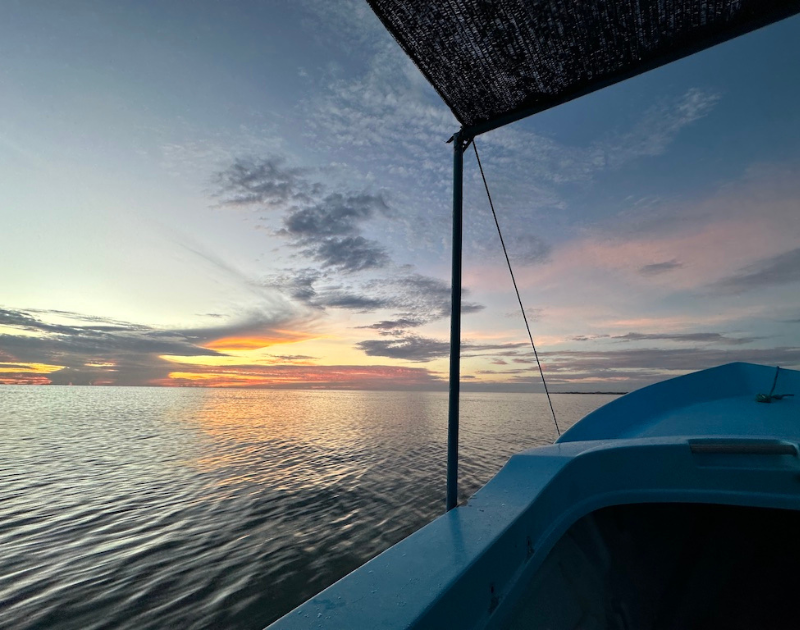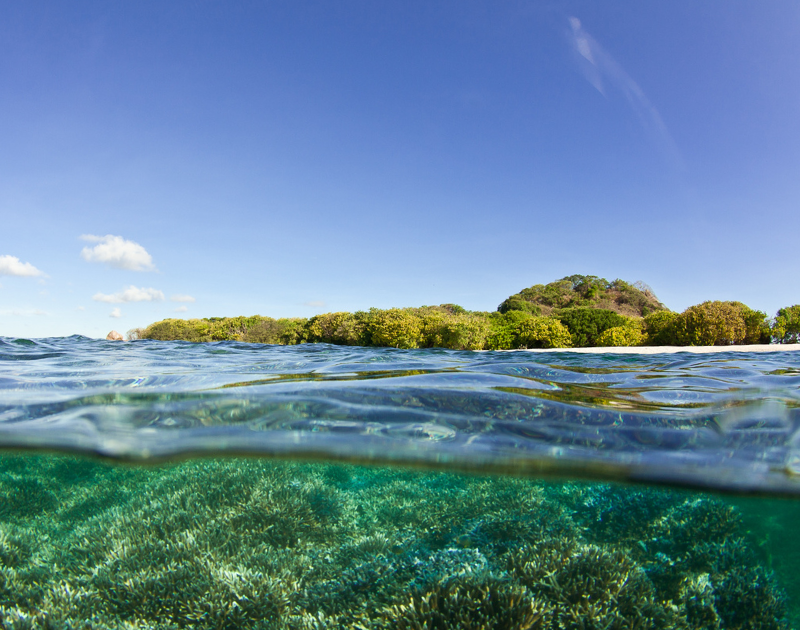
- Home
- Knowledge Insights
- 3 Reasons Why Sri Lanka Should Consider Gender in Climate Finance
by Minadi Gunawardena
Climate finance is set in a complex landscape. While on the rise, with annual climate finance flows reaching almost USD 1.3 trillion in 2021/2022, significant gaps remain globally. For instance, finance flows remain concentrated in someregions and efforts over others. These inequalities have gendered consequences, as women are more susceptible to risks in the face of climate change.
Women and girls most often feel the biggest impact of climate shocks and stressors, particularly across South and South East Asia. These consequences take on several gender-specific impacts, like threats to food security and safe housing and increased risks of gender-based violence and unemployment. In Sri Lanka, increasingly difficult environments in the face of climate change where women are farmers and caregivers, result in targeted psychological and physical abuse by their partners.
Taking a gendered approach to climate finance means considering these social, economic, and political contexts that influence the type of work women do, the environments they live in, and how this influences the resources they have access to. UN Women describes this intersection of gender inequality and climate change as one of the greatest challenges of our time. Considering these intersections is a step towards acknowledging the obstacles that prevent women from feeling the impact of climate finance. This piece aims to highlight three ways that Sri Lanka can begin to consider gender into financing a shift to a greener economy and an inclusive transition into a low-carbon economy.
1. Gaps in Resource Allocation Affect Women
Like most components of climate finance, how resources are allocated in climate finance is intricately linked to gender.These gaps are created when climate funds, financial institutions, and governments fail to address women-specific contexts when making decisions. The lack of this perspective pushes climate finance to flow in ways that are inaccessible to women.
For instance, climate finance remains uneven across sectors in adaptation and mitigation efforts, with flows continuing to be primarily directed towards the latter. As a result, money reaches traditionally male-dominated sectors of work, with up to 90% of global funds aiming to address mitigation in support of large-scale energy infrastructure and industrial efficiency programs. These sectors are often considered gender-blind and predominantly employ men.
Sectors like forestry and agriculture, on average, employ more women and seek finance for adaptation activities. However, they receive very little finance comparatively, with Agriculture, Forestry, and Other Land Use (AFLOU) receiving only 11% of adaptation finance in 2021/2022. Adaptation also tends to align with the climate needs and priorities of developing countries and can equip women with tools like resources, access to credit, training, and more.
For Sri Lanka, this is particularly important because the country is comparatively a very low per capita emitter of carbon, but is highly climate vulnerable. Financing adaptation is arguably more important than mitigation.
Using a gender perspective in resource allocation builds effective and long-term climate resilience in women. For instance, considering the economic, social, and cultural obstacles that prevent women from accessing programs for adaptation, mitigation, and capacity building would ensure that climate finance effectively reaches women in developing countries.
2.Financial Instruments and Mechanisms are Not Gender-Neutral
The type of instruments that deliver climate finance solutions, from loans to grants, impact women. Understanding that these instruments are not gender-neutral would help restructure finance in ways that reduce negative effects on women and unlock their potential as agents for climate action. For instance, loans comprised 70% of public climate finance from 2016 to 2019. Women face barriers to accessing loans due to discriminatory and gendered lending practices, which means that the projects and businesses they lead have and will continue to face obstacles in accessing finance for climate activities. A large proportion of climate finance also comes from the private sector. This remains inaccessible for women-led businesses that have lower access to private finance to set up businesses or fund operations. For example, Indian banks consider women-led businesses as a high-risk segment and therefore avoid extending finance.
Loans also come in the form of sovereign debt linked to nature (like debt-for nature swaps and blue bonds). Increases in sovereign debt can also impact women in the event of debt distress or debt default (like what happened in Sri Lanka in 2022), leading to severe fiscal tightening, which in turn cut social services and negatively impact gender justice. The Organisation for Economic Co-corporation and Development (OECD) data from 2016-2020 shows that 72% of international climate finance was made up of loans. This negatively impacts developing countries in the long term, with up to 54 countries in the Global South facing debt issues, 28 of which are the world’s most climate-vulnerable. On the other hand, grants that support adaptation projects and other programs like capacity building are effective methods for addressing gender inequality. This is because they do not require financial returns and allow for focusing on activities with social benefits like programs specifically created to support gender equality.
Therefore, gender should be at the forefront when designing financial instruments in climate finance – as a relative newcomer to this space, Sri Lanka has the opportunity to structure climate finance instruments and activities right.
3. Women Should Have Agency Within Climate Finance Decision-making
Women must be involved at the decision level within multilateral finance institutions, multilateral development banks, climate funds, and other organisations. Using a gendered lens in the development of processes and the implementation of climate responses ensures that the solutions are holistic. This is because it accounts for the voices of the women from communities who are affected by climate change. Some major climate funds have used this lens through the implementation of procedures and policies linked to human rights instruments like the Convention on the Elimination of All Forms of Discrimination Against Women (CEDAW). An example of this is the Green Climate Fund, which has a gender policy guided by CEDAW in addition to its internal governing instrument, which calls for gender balance among the fund’s board and secretariat staff.
There is evidence that involving women in multiple stages of climate finance is not only just but also makes climate action more effective. This is because women go on to maximize the co-benefits of climate projects within communities when climate investments recognise the knowledge and capacity they possess. These climate responses, in turn, become sustainable in the long term.
What else?
The relationship between gender and climate change has been and will continue to be extensive. As the world attempts to mitigate and adapt, women and men feel the impacts of disasters differently. Simply bringing gender into the conversation of climate finance is insufficient in creating real-life impacts that help balance these differences. For example, even if climate funds, banks, governments, and other stakeholders decide to mainstream gender in their decisions, this will only be effective if finance reaches women on the ground. This would mean ensuring that money flows into locally-led gender and climate action – for instance, conservation organizations that have deeply integrated women in decision-making and project design, or having women decision makers in bodies like Conservation Trust Funds. The OECD in 2016 reported that only a small proportion of gender-responsive bilateral aid went towards civil society organisations in developing countries. Localising climate action in this way is essential because it allows women to take on more leadership roles in their communities. It also allows them to make use of their fieldwork and experiences to build resilience in marginalised groups and address the needs and priorities of their environments.
Hearing from women, engaging them in the implementation of climate responses, and being intentional in how and where money flows are essential steps in building a climate-resilient economy where no one is left behind.
Minadi Gunawardena is a feminist, researcher, and student with an avid interest in women’s affairs. She was a research intern at CSF. She is studying law at Staffordshire University, UK.
Cover image illustrated by Ruwani Rajapakse for CSF. Do not replicate or use without permission.


